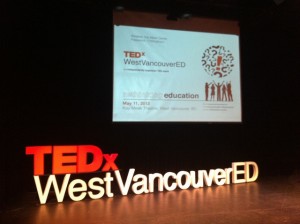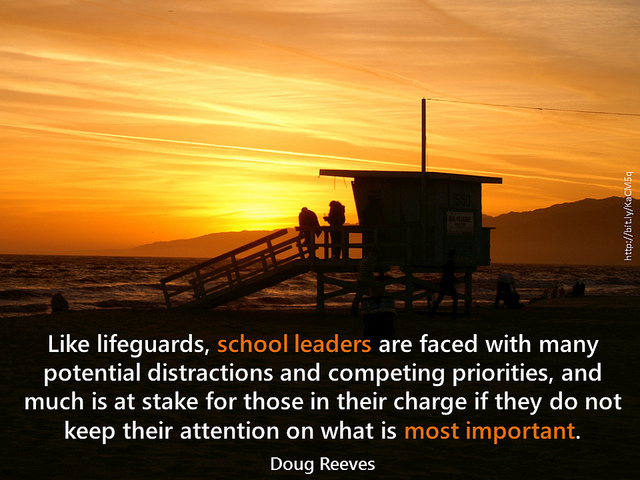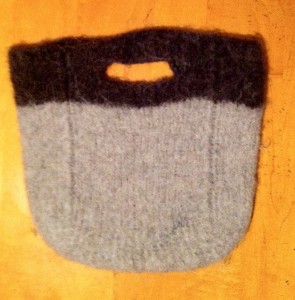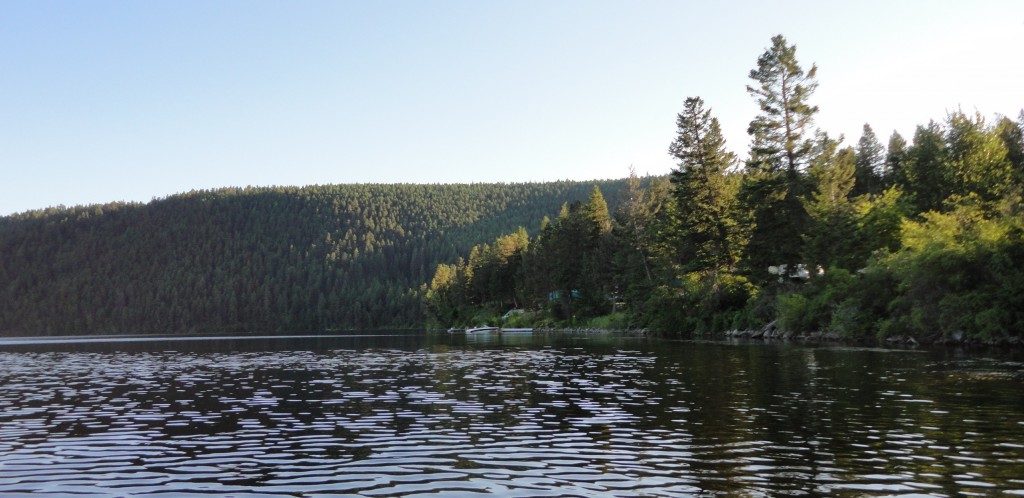I couldn’t find time to write this before the summer and, although the event happened over two months ago, I can’t shake the desire to share a few things from that day. Certain things have stayed with me so clearly. I’m curious to explore blogging from this long-term memory perspective as there seems to be an unusual tension between the strong urge to write about a fantastic experience and the perception that, because that learning experience occurred so long ago, that it’s too late to write about it. Think of the relevance to teaching and learning in that statement. Guess I have another blog post to add to the list…
I have to congratulate the organizers of TEDxWestVancouverED for creating a wonderful day of professional development. While it was my first TED experience of any kind, other than watching the videos online, of course, I can appreciate the organization that goes into an event like that and I think they did a great job. I was most impressed at how the topics, ideas and questions raised during each speaker’s talk throughout the day seemed to scaffold into each other as the day progressed. It proved to be a masterful organization of sessions that led to a powerful but seamless learning experience.
Secondly, I LOVED hearing the speakers. I have wanted to hear Dean Shareski in person for years! He did not disappoint. My visual notes on his talk are here. AND I was lucky enough to get to meet him! Not surprising that one of my most lasting memories from that day was being a part of one of his famous jumping photos with all the amazing (and fun!) people I met from #SD36learns. No doubt in my mind that fun = lasting memories. Who wouldn’t want to add that equation into a learning environment?
Saying that all the speakers were wonderful is an understatement. Chris Kennedy, also a speaker that day, lists links to many of the speakers in his own TEDxWestVanED post if you’d like to see for yourself.
Another person I’ve wanted to meet for years was Shelley Wright. I think there are many parallels between our experiences as educators and I admire, and am inspired by, her passion, her bravery and her steadfast belief and trust in her students.
Aside from the speakers and all that I learned from them, the other big takeaway for me was meeting and talking with people in general. The opportunity to say hello to the speakers was made possible due to the fact that it was a smaller event.
I have to say, meeting all the enthusiastic people from #sd36learns was another highlight of my day. Not only did I do my practicum in Surrey, but I was also attached to a Surrey cohort for my graduate diploma coursework that led to everything I do online and with technology. Because of those reasons, I feel a certain attachment to the district and I’m thrilled to see the progress the district is making. No doubt this is due to the amazing educators working there and it was a pleasure to finally meet so many pln members face to face that day! The bonus for me was hanging out with Iram Khan, a pln member who turned out to be an old friend of my first brother. Reminiscing and comparing stories made lunch extra special for me!
Finally, I have to mention my visual notes. I was extremely frustrated that I couldn’t connect to the wifi at all that day. Neither my phone, nor my laptop, would connect. Luckily, I had a notebook and my pencil case with me so I decided to take ‘visual notes’ instead of tweeting during the talks. I’ve defaulted to this visual form of note-taking, or doodling, all my life and its interesting to see it becoming a more popular way to record and share notes.
The ‘stop’ moment for me occurred after I posted photos of my doodles as a Flickr set that night. The impact and re-sharing of my visual doodles online seemed much, much higher than the impact and re-sharing of professional tweeting I’ve done at events in the past. There were almost 200 views of my Flickr set within 24 hours of posting the photos. Would a set of my tweets get that many intentional views? Probably not. What is it about visual notes that increases engagement? I have many thoughts and questions on this, all stemming from my interest in visual literacy and my MEd research.
So, not only is hindsight 20/20, it also appears to allow for added reflection and gives ideas the time needed to expand.
Photo of TEDx sign and screen by me.











